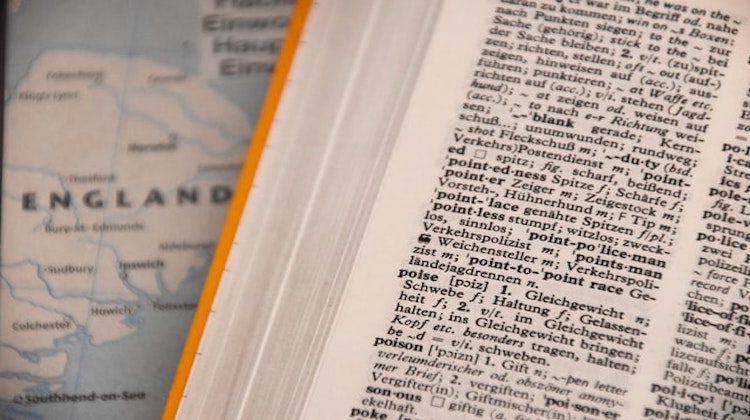In today’s world we communicate most frequently via email. We seldom write letters anymore but business still relies on a certain format. What would happen if you suddenly had to apply to a University or for your dream job or send a package in an English-speaking country? Would you be able to do it or would it cause you anxiety and stress? If that is the case, let it not worry you anymore. This guide is here to take the fear away from writing an address in English.
Step 1: On the envelope/package
Add your information in the upper left corner of the envelope
For example:
[Rachel McAdams] - Your name
[Your company if applicable]
[35 Cherry Tree Lane] - Your street address
[London]- City
[United Kingdom] - Country
[45100] Zip Code
Step 2: Adding the recipient's details in the center of the envelope
[Mr. John Smith - the name of the person
Head of Marketing - their title or the department they work in
Blue Company - The company
45 Wall Street - Street Address
Ottowa, Canada, 14578 - City, Country, and Zip Code]
If the letter or package is for a person in a specific role or department it makes sense to add that under the person’s name so they can be easily recognized.
Addressing a formal letter
A typical business letter if you writing to an academic institution, applying for a job will take the following format
Step1: Put your contact details in the top left corner
It should look like this:
Emily Jones (Your name)
51 Blossom St (Your street address)
Surrey (Your area, suburb or region)
United Kingdom (Country)
SW45689 (Zip/Postal Code)
+44 861 7890 879 (Your phone number that the person concerned can contact you on)
19 October 2021
It is vital to leave your contact details so that the recipient can get in touch with you. In the case of a job application, you want to have every chance that you will be contacted and also want to create a professional image.
Then add the date. It can be important for recording when the letter was written and sent and let the recipient know that you applied within the correct time frame and that they should get back to you in a timely manner.
Step 2: Write the recipient's details as set out above in Step 1 of the envelope instructions. This should be written a few lines below the date once again on the left-hand side of the page.
Step 3: Address the recipient correctly by using a salutation:
For example, you might say
- “Dear Mr/Mrs [Brown]
- “Dear Sir/Madam”
- “Hello Mr/White”
- Or their first name if, and only if you know them well enough to use their first name however in formal letters usually the correct format
Note that although “dear” sounds old-fashioned and archaic it is correct and politely accepted in formal business communications especially where you have not been introduced to the person as of yet.
Additionally, it is important to note that informal greetings that you would use with friends such as “Hi” or “Hey” should be avoided in business communications and especially formal letters.
[ A few final dos and don'ts
- Using a comma after the salutation
This should be done in business correspondence
For example, “Dear Dr. Spock, ]
- If you do not know the name of the person, it is preferable not to use “To whom it may concern” as this can sound extremely impersonal and uncaring - it will certainly impress your recipient if you took the trouble to find out their exact name and the position or department
To sum up, there are certain accepted conventions for writing formal business correspondence that should be followed to give you the best advantage in landing your dream job, being accepted to the University of your choice, and polishing your personal image. Follow these steps and you won’t go wrong even if you are corresponding electronically. Best of luck in writing your business letters in English.







